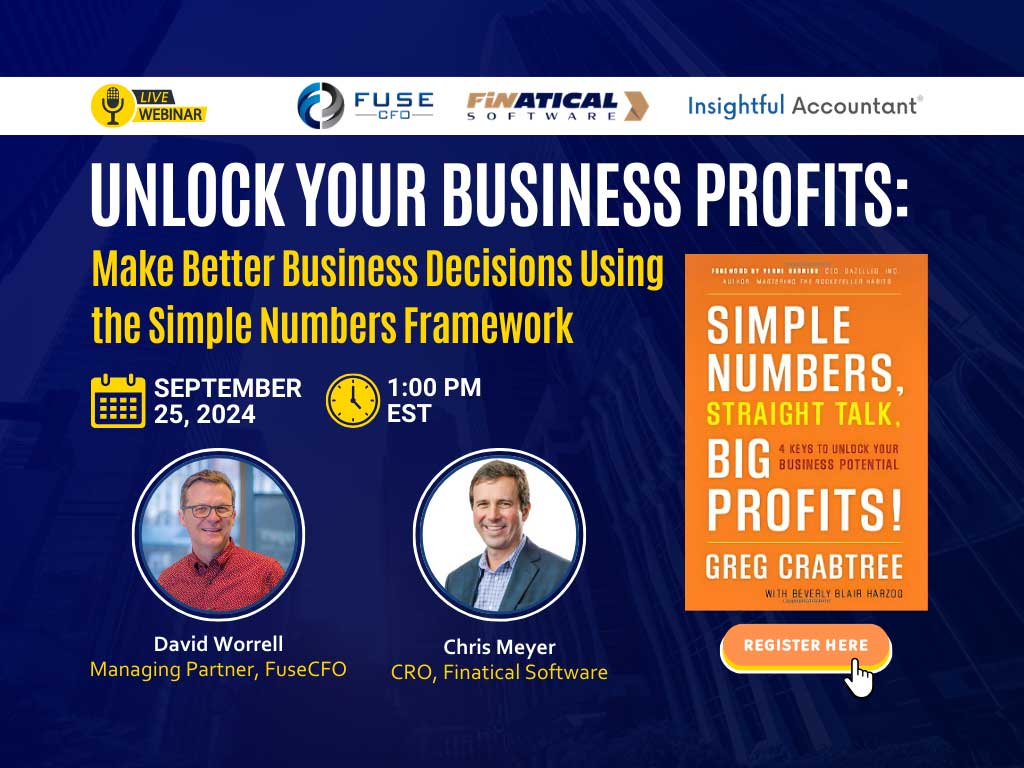
Rethink Your Pricing! Get to Know the 3 C’s: COGS, COS, and Competition!

I’ve got to share a dirty little secret with you. Every company I have ever worked with has miscalculated their prices and profits because they underestimated their Cost of Goods (COGS), ignored the Cost of Sales (COS), or did not understand other Variable Costs. These miscalculations are more common than you think and can seriously affect your bottom line.
What is a Variable Cost
COGS refers to the direct costs of producing goods, including materials, labor, and manufacturing overhead. Even in a service business, a COGS expense will always vary directly with production volume. The broader term of “Variable Costs” might be a better way to think of this: anything that changes with the output level is a variable cost, and might be considered COGS. Besides materials and labor, this would include shipping, sales commissions, and customer acquisition costs.
Sometimes it makes sense to capture sales commissions and other selling costs under their own category called Cost of Sales, or COS. If this distinction is meaningful to you, then your financial statements can have both a COGS and a COS section so you can see which expense categories are dragging down profits.
No matter how you format it, failing to account for all of your variable costs correctly can lead to product underpricing, where the selling price does not cover the total cost of production and sales.
First, Don’t Fail
Profitability analysis is crucial, especially when launching new products. Recent studies show that 42% of startups fail because they miscalculate market demand and pricing. Businesses that conduct thorough profitability assessments are more likely to succeed long-term. Without a clear understanding of your variable expenses (COGS + COS) you risk underpricing your products… which of course is the first step toward failure.
The Art and Science of Pricing
Profitable pricing starts with market research to understand demand and how much customers will pay. Knowing what competitors charge — and how your products or services are different — helps set realistic pricing that covers your costs.
Market insight is sometimes more art than science, but accounting can add a strong foundation to your pricing strategy. To set a profitable price, you must know ALL your costs, including production, shipping, sales commissions, and customer acquisition costs. The price you charge, of course, must be greater than all these expenses — with enough left over to cover overhead AND profit! But I’m getting ahead of myself…
Next, perform a break-even analysis to determine how many units your company must sell to cover its “Fixed” or “Overhead” costs. This analysis shows the top line sales (in dollars) required to start generating a profit. The formula is simple:
- Overhead / Gross Margin Percentage = Sale Break Even.
Can your company achieve that basic “Break Even” sales number? How much more can you sell without expanding the overhead? Understanding the relationship between overhead costs and the sales needed to support overhead is a critical lesson for every entrepreneur.
Now go further by using a simple spreadsheet to see what happens to profit if you change your pricing. Perhaps you can even predict future revenues, expenses, and profits and plan for various scenarios, ensuring your business remains profitable even when conditions change.
Finally, close the loop by reviewing how your price stands up to competitors. Can you undercut the competition and be the low-cost leader? Or are you priced as a premium in the market? Knowing this drives every other business decision you will make!
Prices Drive Profits
Good pricing is good business. Determining the right price for your product or service requires market research, a break-even analysis, and knowing every variable cost. Use these 3 C’s (COGS, COS and COMPETITION) to make profitable decisions about pricing.
If you’re unsure whether your products are priced correctly or whether you’re covering all of your needs, we can help. Schedule a free business analysis with us, and we’ll dig deeper into your business to ensure every product you sell contributes to its profitability.




